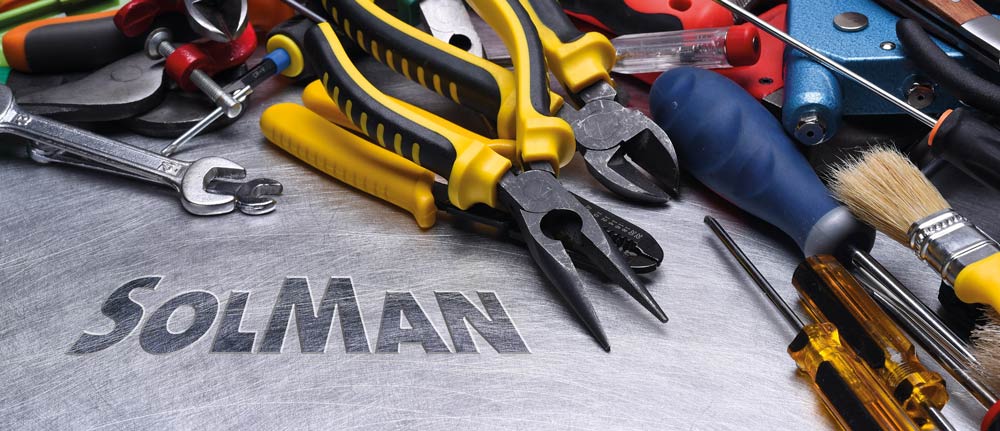"... but order teaches you to gain time."


Like any topic that is time-consuming and not (yet) very urgent, dealing with old datasets in SAP Solution Manager is often neglected. At some point, however, the topic catches up with you and you have to deal with it more or less immediately.
When the time comes, those responsible are faced with many unanswered questions and at first don't know where to start. But let's start with the right questions: When is data archiving necessary in SAP Solution Manager? What are the scenarios? What should happen to the data?
The big upgrade wave to SAP Solution Manager 7.2 is now slowly over. Most people switched at the latest before the dreaded OSS shutdown at the beginning of the year.
For many companies, this was the second upgrade within the last ten years. As a result, many SAP Solution Manager systems have datasets that may be well over ten years old.
There are old support notifications, change requests and change documents and other stuff lying around. Do you still need this stuff? Where to put it? How do you get it out of the system?
The standard answer here is: Archive!
The standard archiving tool (SARA) can also be used in SAP Solution Manager to perform archiving passes for all CRM document types. The corresponding archiving objects already exist in the system.
The tool deletes the documents from the database and writes them to an archive database. Whether the archive continues to be kept or is completely deleted is left up to those responsible. Viewing the archived data is still possible via the archiving tool for some authorized persons as long as the data archives are still stored externally.
When archiving via SARA, however, some data sets linked to CRM documents, such as attached files, remain in the corresponding repository (KW). Information Lifecycle Management (ILM) has become an indispensable component in the overall application lifecycle management context for many companies, at the latest in connection with the GDPR.
This allows you to precisely control when data should no longer be accessible, but still retained in the system until the retention period has expired.
But some decided against the upgrade and for a new installation when switching to SAP Solution Manager 7.2. The old 7.1 system was then still available and accessible during the transition phase.
But now it is time to discontinue the old SolMan system so that hardware and operations costs are no longer necessary. What should happen to the data assets now? Incidents, Problems, Knowledge articles contain valuable information about the proposed solutions in operational IT support for SAP and non-SAP landscapes.
These represent a valuable knowledge database and continue to be often indispensable in operational business. ChaRM documents contain the documentation on the changes in the project and maintenance landscape and thus continue to be audit-relevant for ten years.
Operating a system as a read-only or archive system is complex, costly and often restricts access to the data enormously. Only a small circle of authorized persons would have access to it. So this would not guarantee its use as a source of knowledge.
The following scenario would then be conceivable: Before the system sunset, export the valuable data and save and make it accessible for the support team in SAP Solution Manager and/or the audit. After that, the old SolMan system can go into well-deserved retirement.
Of course, the project then requires thorough analysis of the data to be archived and a concept of what data is to be backed up and how.





